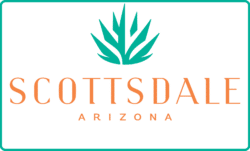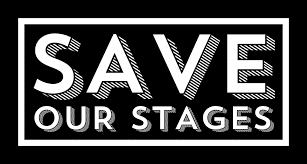What’s Changing (and What’s Not) in Incentives Today.
The 2017 Trends Study just released by the Incentive Research Foundation identifies 10 key areas of change—and their implications for workforce engagement, incentive travel, and recognition. The full report is available for download from the IRF website.
1. Non-Cash Rewards on the Rise
The increase in demand for non-cash incentives among U.S. businesses continues, with 84 percent saying they now use non-cash rewards, compared to just 26 percent in 1996.
2. Red Tape Still an Obstacle
The regulatory environment, still in a state of flux, remains a stubborn challenge, according to the almost 60 percent of respondents in the latest IRF Pulse Study who said they agree or strongly agree that government regulations are making it more difficult to design reward and recognition programs.
On the current regulatory radar screen: The Department of Labor’s 2016 Conflict of Interest rule, which redefined a financial advisor’s fiduciary responsibility in reporting the incentives tied to the sale of annuities.
3. Incentive Travel Still a Top Option
Nearly 40 percent of U.S. businesses now use incentive travel to reward and recognize their top performing employees. Salespeople, and channel partners, according to the IRF report. For U.S. planners, U.S. destinations remain a strong choice. 82 percent of planners said they chose U.S. destinations for their 2017 programs. For outbound programs, Mexico and the Caribbean are still top destinations for U.S. planners, with about 70 percent choosing the U.S. neighbors for 2017 programs.
4. Merchandise and Gift Cards in Wide Use
Sixty percent of U.S. companies say they use merchandise rewards, and 70 percent offer gift card programs. These types of programs will continue to grow due to strong demand and new suppliers that make it easier for small businesses to launch programs.
5. Disruption Is the New Normal
Therefore close to 60 percent of planners say their events have been affected in some way by some form of disruption. According to research by the IRF and the University of South Carolina to be released in June of 2017. They estimate that almost a quarter of their events have been disrupted by weather. Vendor failures, airline problems, or more rarely, disease, terrorism, or other safety issues.
In conclusion the upcoming study, planners say that their partners are their best resource for mitigating disruptions. In particular, they say hotels are best prepared to handle crises or disruptions, followed by destination management companies, and airlines.




















